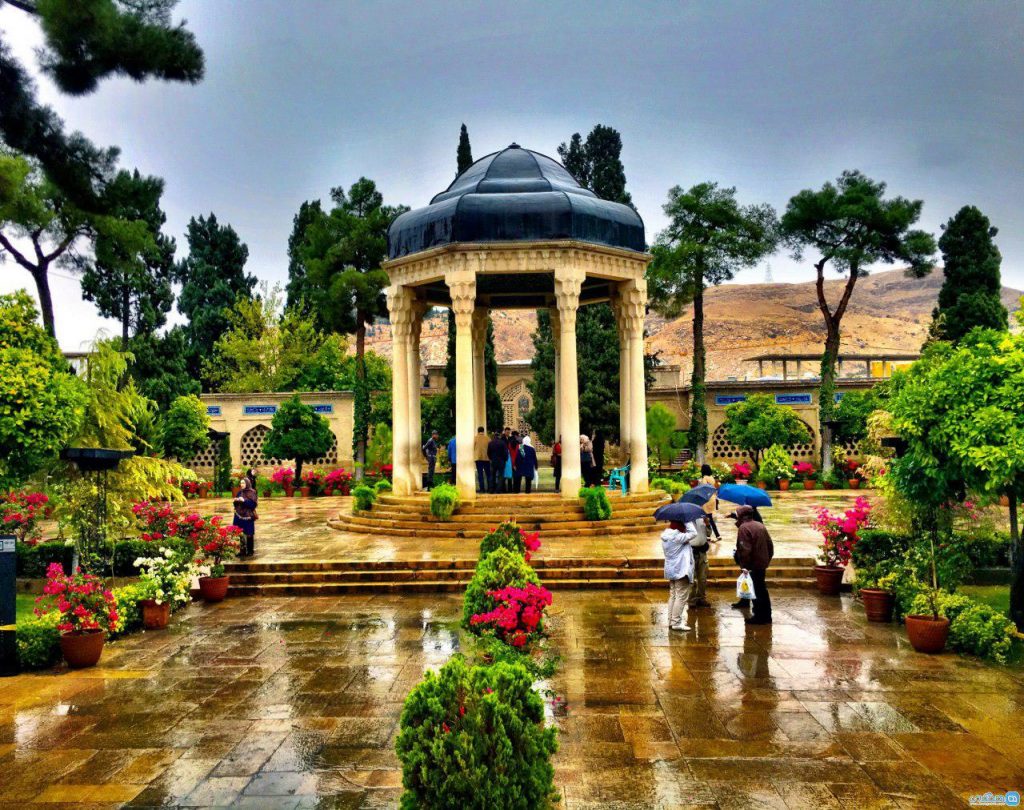The geography of Iran
Iran is situated in South-West Asia and has a surface area of 1,648,000 km2 (636’000 sq mi). It lies on an elevated plateau between the Caspian Sea to the North and the Persian Gulf to the South. The central plateau is surrounded by the mountain ranges of Alborz and Zagros. The dryness of the terrain at the foot of the mountains is offset by oasis after oasis of cultivated land, where grain, barley, cotton, and fruit orchards have formed the basis for the growth of towns and villages. Only the Caspian and Azerbaijan provinces have sufficient annual rainfall to ensure abundant greenery and luxuriant vegetation.
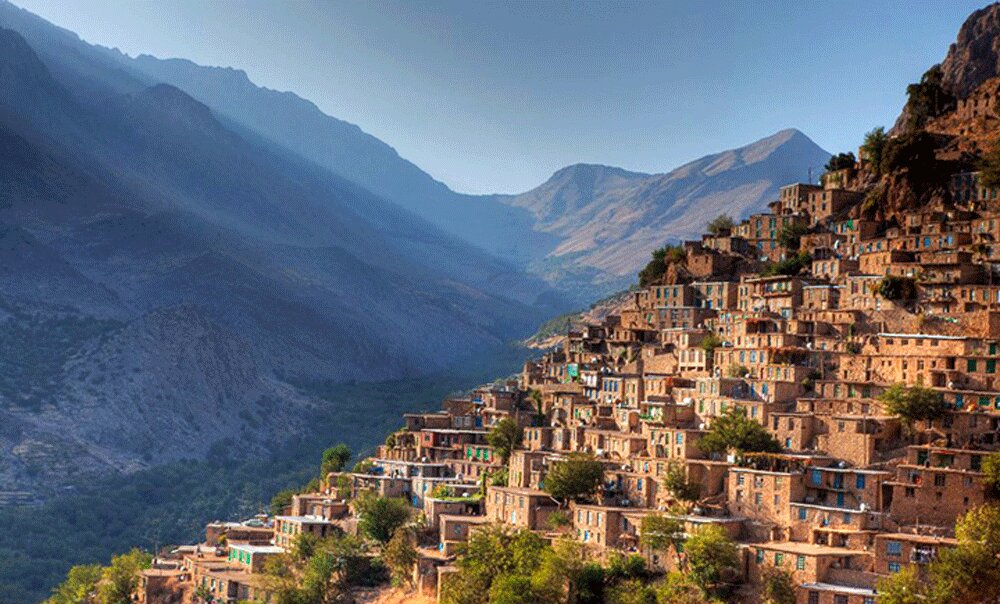
A brief history
Iran has a rich and diversified history with a chronology of different periods, each one characterized by its own architecture, art forms and literature. The first recorded history of the country goes back as far as 7000 B.C. The first distinct people to emerge around 3800 B.C. were the Elamites (3000 B.C to 639 B.C) who were influenced to a large extent by the Sumerians. It was during this period that successive waves of immigrants of Indo/European origin set up camp on the central plateau. A kind of feudal system was developed in Iran and is mentioned for the first time in 844 B.C. in Assyrian texts. The Medes Empire (825 B.C.) reunified the country but was the scene of many battles and invasions. Several dynasties from this time founded great empires, stretching from the borders of India and Asia-Minor to the Mediterranean in the West.
As for the Islamic period, the monuments which were left from reigning dynasties and escaped destruction from invading tribes from the East such as the Mongols and the Timurids are fascinating and significant, particularly those of the Safavid Dynasty (1501-1736).
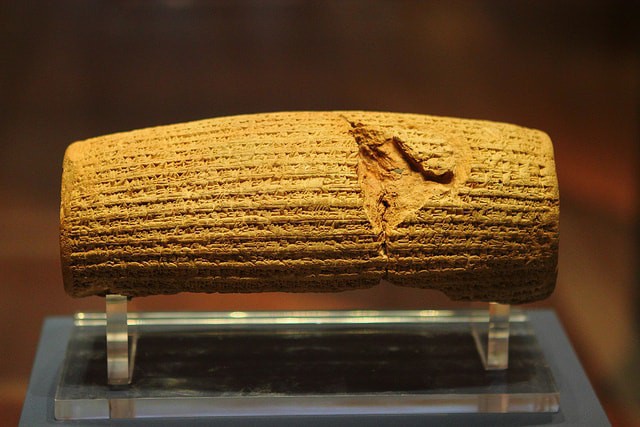
Persian Art:
Persia is one of the oldest countries in the world, and one of the earliest civilizations in the history of art. The earliest Persian artworks include intricate ceramics from Susa and Persepolis (ca. 3500 BC), as well as a series of small bronze objects from mountainous Luristan (ca. 1200-750 BC), and a treasure trove of gold, silver, and ivory objects.
Ever since the Sialk Ziggurat was built around 3000 B.C., ever since the oldest settlements in Sialk dating back to 5500-6000 B.C. evolved, ever since the prodigious Achemenid architects carved the Achemenian reliefs at Persepolis, or the Safavides kings ordered the construction of their palaces in Isfahan, artistic creation has been inseparable from Iranian life.
When traveling in Iran you will have the chance of seeing the different types of Iranian Art in the Islamic Museum and Pre-Islamic Museum, with their magnificent collections of bronze, gold, and silver objects. You will see the magnificent palaces of the Safavids kings, and the Persian Carpets that are such an essential part of Persian art and culture.
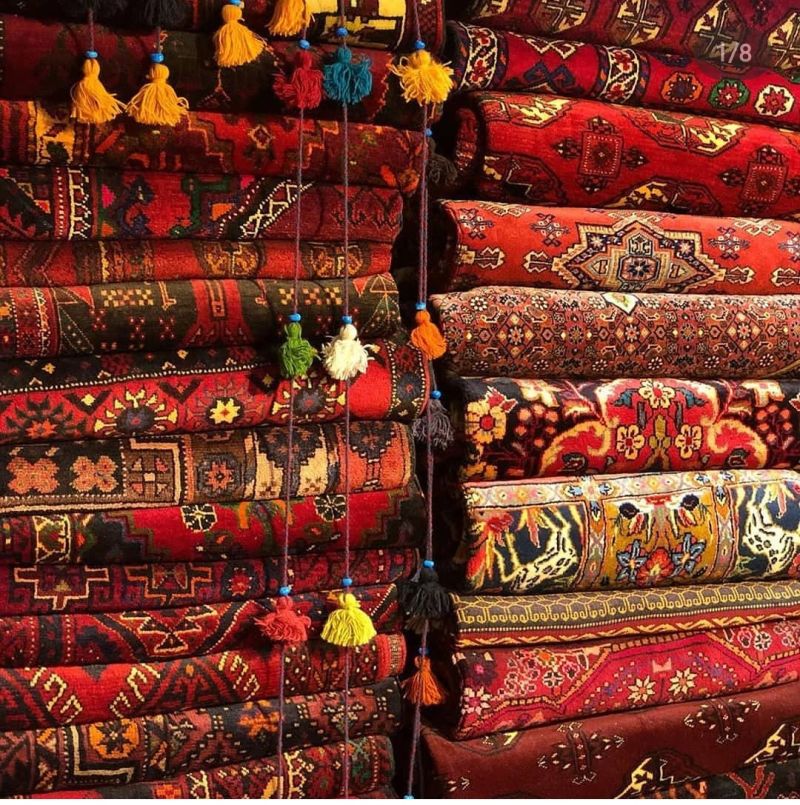
Persian Music:
In ancient Iran musicians held socially respectable positions. The Sassanid Period in Iran is better documented than earlier periods and this is especially evident in the context of Zoroastrian ritual. During the course of Iran’s recorded history, a unique, distinctive, music developed, accompanied by the evolution of numerous new musical instruments some of which ultimately became the prototypes of contemporary instruments used by the world’s greatest soloists and orchestras.
Dotar and Kamantcheh, which are played alone, in groups, or accompany the voice, also found in Central Asia, are among the spiritual World Heritage.
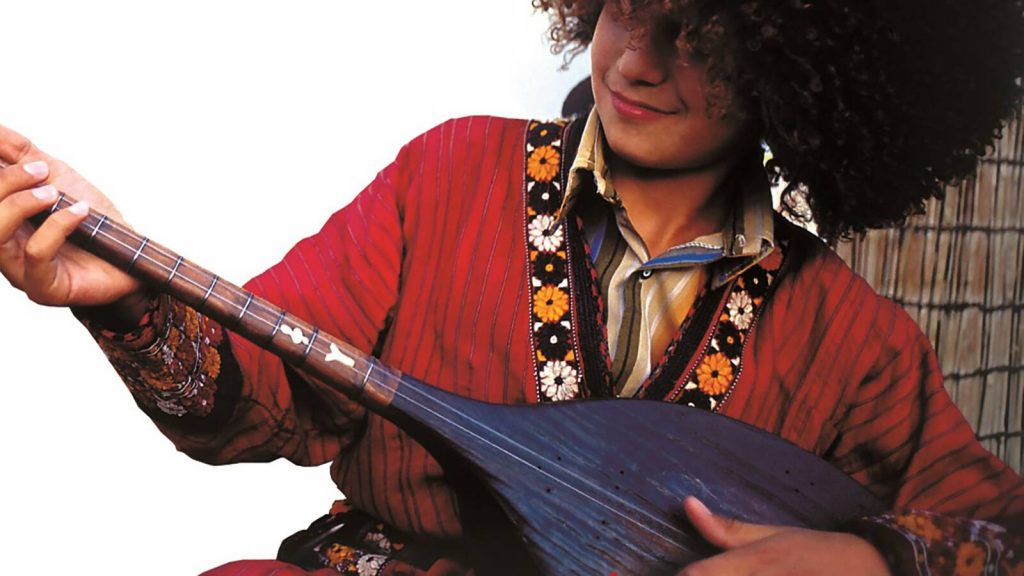
Persian Literature
Persian literature is probably one of the world’s oldest and best-known. It can be traced back to 522 BC and the Bistun Inscription the earliest surviving Achaemenid writing. While there are interesting works in prose, it is in poetry where Iranian literature is at its most brilliant. Flourishing over a period of more than a millennium, it was esteemed and imitated well beyond the confines of its Iranian homeland. The literature of Turkey and India developed under its influence.
Persian poets such as Ferdowsi, Sa’di, Hafez, Attar, Nezami, Rumi, and Omar Khayyam, are well known in the West and have influenced the literature of many countries. Persian literature has been considered by scholars such as Goethe as being one of the four main bodies of world literature.
